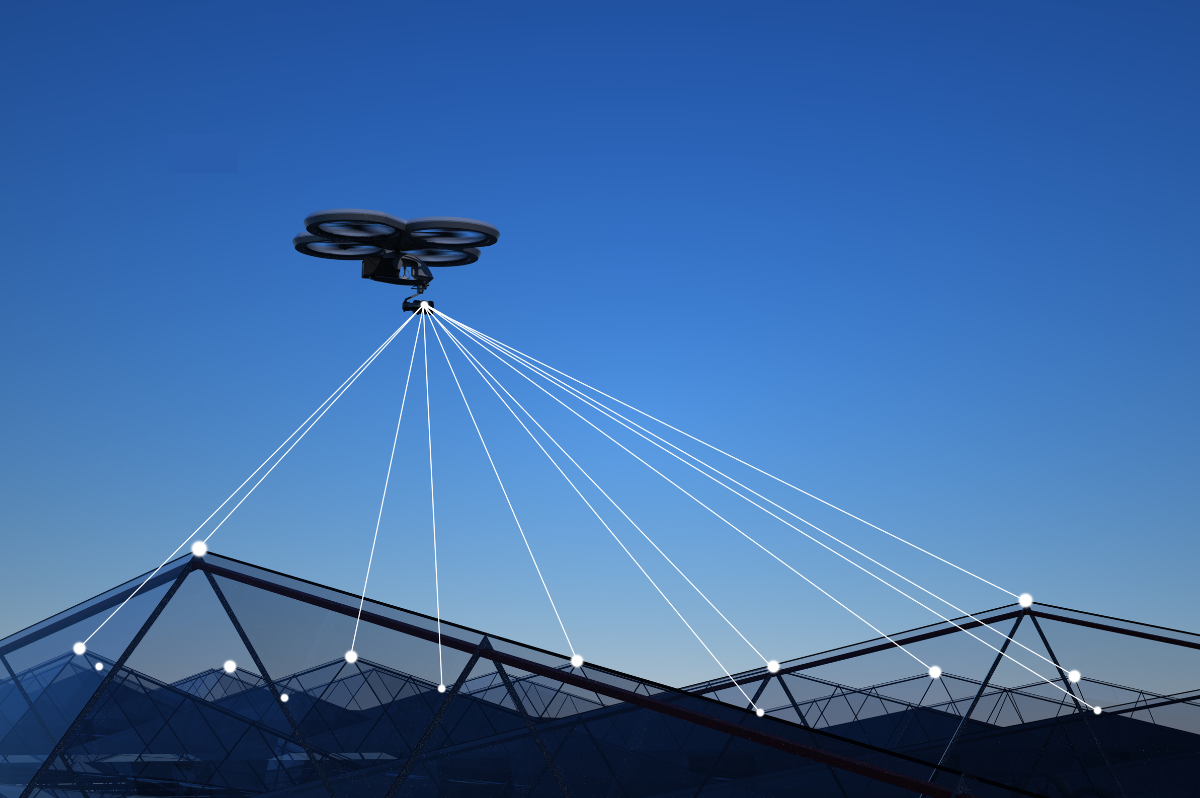Even the most robust systems can fall prey to sophisticated attacks. The recent exploitation of the Cybersecurity and Infrastructure Security Agency’s (CISA) Chemical Security Assessment Tool (CSAT) is a stark reminder of this reality. This incident has potentially exposed sensitive information, highlighting the critical need for enhanced security measures in handling hazardous chemical data.
The Incident
In June 2024, Dark Reading reported that a threat actor might have gained unauthorized access to CISA’s CSAT. This tool is crucial for managing and assessing security risks at facilities handling dangerous chemicals. The breach potentially exposed sensitive data, including facility information, security plans, and vulnerability assessments, which could be exploited to plan targeted attacks or sabotage operations involving hazardous materials.
The Vulnerability
While the specific vulnerability exploited remains undisclosed, the breach underscores several common issues in cybersecurity:
- Insider Threats: These can be employees or contractors with legitimate access who misuse their privileges. Proper vetting and monitoring of personnel with access to sensitive systems are essential.
- Zero-Day Exploits: Attackers may exploit unknown vulnerabilities in the software. Regular updates and patches are critical to mitigate such risks.
- Phishing Attacks: These can trick employees into revealing credentials, granting attackers unauthorized access. Continuous training and awareness programs can reduce this risk.
Potential Impact
The compromised data includes detailed information about facilities that store and handle hazardous chemicals. If such information falls into the wrong hands, the consequences could be dire:
- National Security: Information on chemical facilities is critical to national security. An attack on such facilities could have catastrophic consequences, including large-scale industrial accidents or chemical releases.
- Economic Impact: Disruption in the operations of chemical facilities can lead to significant economic losses, affecting supply chains and industrial processes.
- Public Safety: The breach can endanger public safety if the information is used to sabotage or cause accidents in chemical facilities.
Response and Mitigation
CISA’s response to the breach has involved several critical steps to mitigate potential damage and prevent future incidents:
- Immediate Containment: Once the breach was detected, immediate steps were taken to contain the threat and prevent further unauthorized access.
- Incident Analysis: A thorough analysis of the breach to understand the attack vector and the extent of the compromised data.
- Enhanced Security Measures: Strengthening security protocols, including multi-factor authentication, encryption, and regular security audits.
- User Training: Increased focus on user awareness and training to recognize and prevent phishing attempts and other social engineering tactics.
- Collaboration with Law Enforcement: Working closely with law enforcement agencies to track the threat actor and prevent the misuse of the stolen data.
Lessons Learned
The exploitation of CISA‘s CSAT offers several lessons for cybersecurity professionals:
- Proactive Security Measures: It is essential to adopt a proactive approach to security, anticipating potential threats and addressing vulnerabilities before they can be exploited.
- Regular Audits and Updates: Continuous monitoring and regular security audits can help identify and rectify vulnerabilities. Keeping software and systems updated is crucial.
- User Training and Awareness: Employees are often the weakest link in cybersecurity. Regular training and awareness programs can significantly reduce the risk of phishing and social engineering attacks.
- Incident Response Planning: Having a robust incident response plan can help contain and mitigate the damage from security breaches.
Conclusion
The breach of CISA’s Chemical Security Assessment Tool is a significant reminder of the vulnerabilities that exist in even the most critical systems. As the cybersecurity landscape continues to evolve, so must our approaches to securing sensitive information. By learning from such incidents and continuously improving our security measures, we can better protect our critical infrastructure and ensure national security.
In the wake of this breach, it is clear that both government and private sectors must prioritize cybersecurity to safeguard against future attacks. Enhanced collaboration, proactive security strategies, and continuous improvement are essential to building a resilient defense against ever-evolving cyber threats.
Try Portnox Cloud for Free Today
Gain access to all of Portnox's powerful zero trust access control free capabilities for 30 days!







